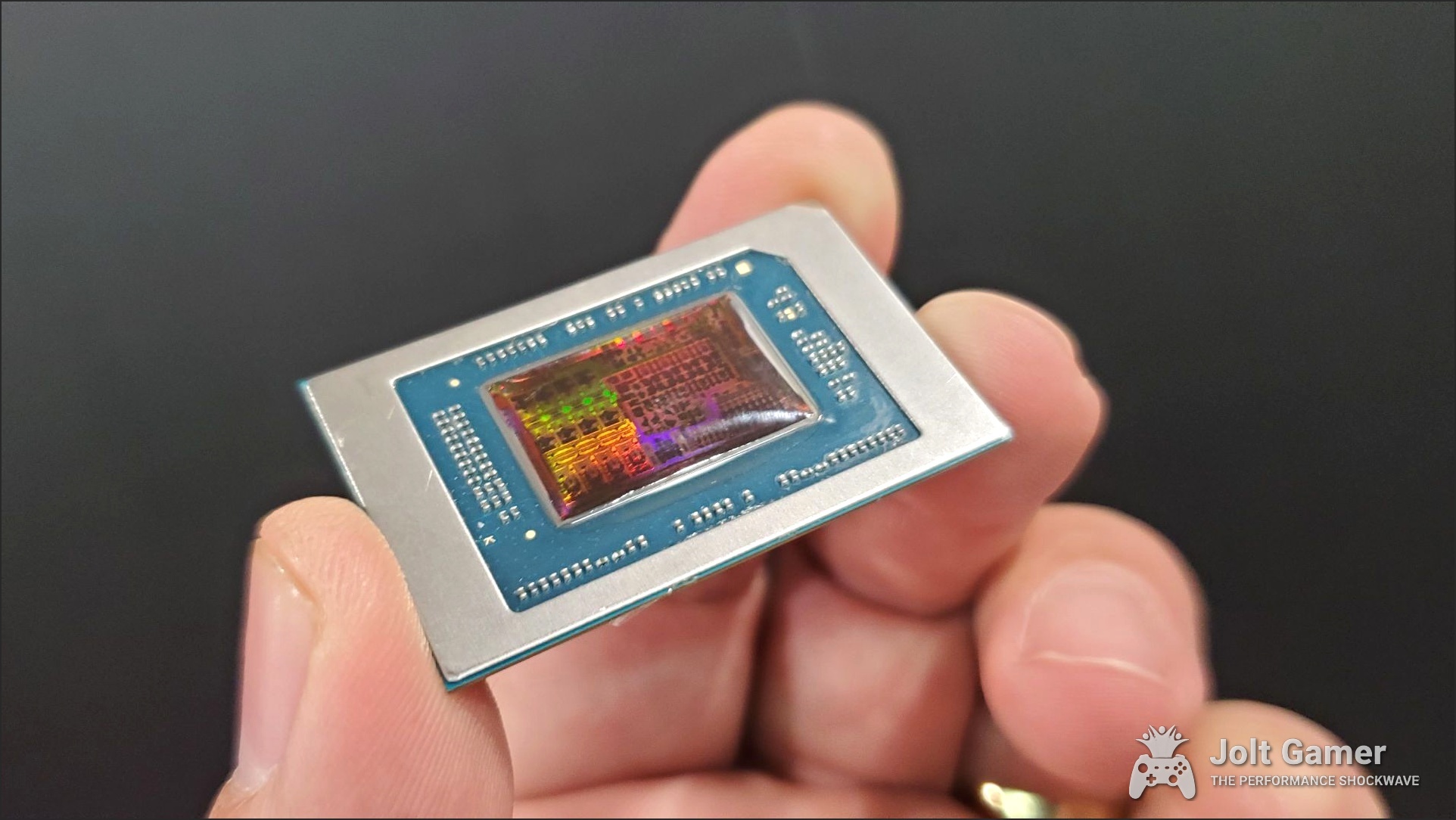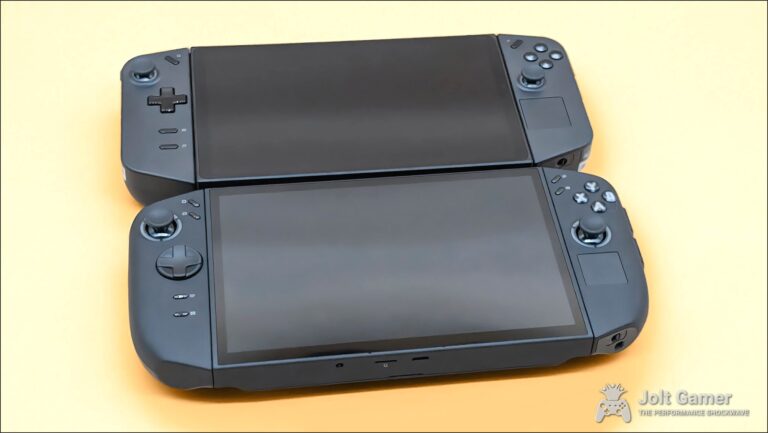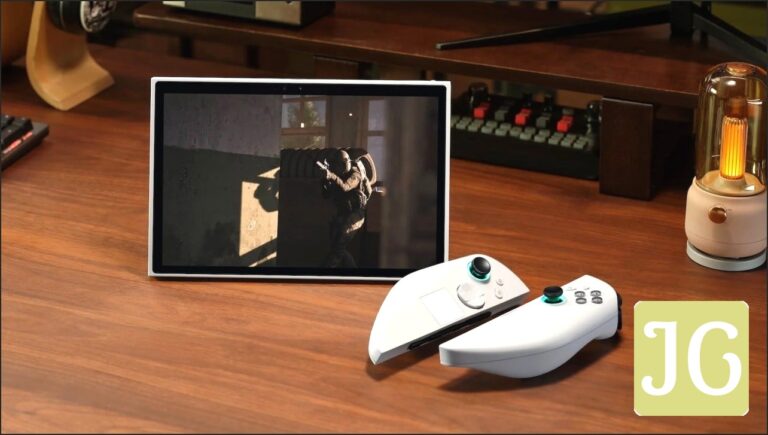Key Takeaways
- The GPD Win 5, powered by AMD’s Strix Halo Ryzen AI Max+ 395, is the most powerful handheld gaming PC to date, rivaling RTX 4060 mobile GPUs.
- Its unprecedented performance comes from a desktop/laptop-class APU not originally designed for handhelds, necessitating a unique external 80Wh battery ‘backpack’ design.
- This design choice sacrifices portability (weighing over 2 lbs with battery) and introduces compromises like non-hot-swappable battery and loud fans under full load.
- Benchmarks show the Win 5 delivering 35-50% higher FPS than Ryzen AI 9 HX 370 handhelds at 28W, with significant headroom up to 80W.
- Despite its power, the high price point ($1,500-$2,200) and design compromises raise questions about its overall value proposition for most gamers, though it offers unique VRAM capacity for AI/pro tasks.
A New Era of Handheld Power: The GPD Win 5 Arrives
For years, the dream of true desktop-class gaming performance in a handheld device remained just that—a dream. Now, GPD is shattering expectations with the Win 5, a device poised to redefine what’s possible in portable PC gaming. At its heart lies AMD’s groundbreaking Strix Halo APU, specifically the Ryzen AI Max+ 395, a chip previously seen pushing the boundaries in high-end laptops and mini-PCs. This isn’t just an incremental upgrade; early benchmarks suggest a seismic shift in handheld capabilities, boasting performance that can go toe-to-toe with dedicated mobile GPUs like the RTX 4060. But as with all leaps in technology, such power comes with its own set of unique challenges and compromises. The GPD Win 5 isn’t just a powerful handheld; it’s a statement, and one that forces us to re-evaluate our expectations for portability, design, and price.
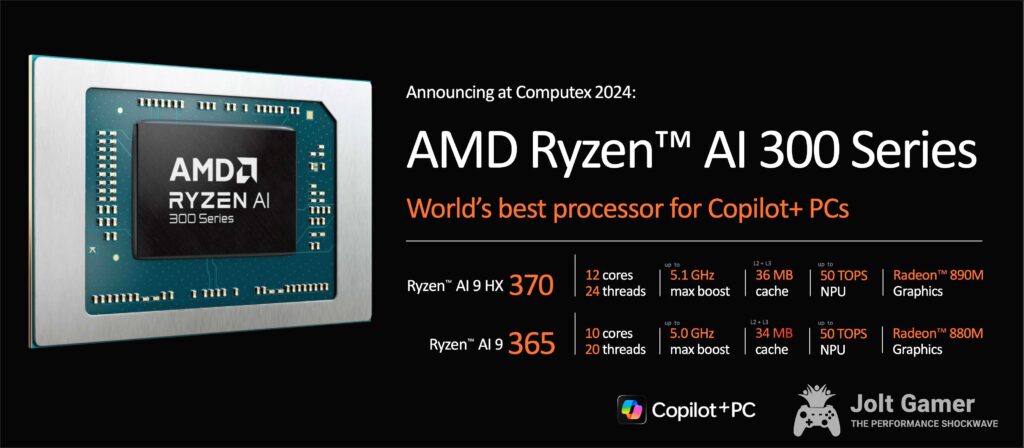
Strix Halo Unleashed: Benchmarking Handheld Dominance
The AMD Ryzen AI Max+ 395 isn’t just a powerful APU; it’s a mobile powerhouse featuring 16 Zen 5 cores, 32 threads, and a staggering 40 RDNA 3.5 Compute Units (CUs), placing its integrated graphics in a league comparable to a PlayStation 5 or a mobile RTX 4060. This is a significant departure from previous handheld chips like the Ryzen Z1 Extreme or even the newer Ryzen AI 9 HX 370, which typically feature fewer cores and CUs. With a configurable TDP ranging from 45-75W (and even higher when plugged in), the Strix Halo APU in the GPD Win 5 is designed to deliver sustained, high-fidelity gaming experiences that were previously unattainable in a portable form factor. The integrated Radeon 8060S GPU, with its ability to dynamically share up to 128GB of LPDDR5x-8000 RAM, offers unparalleled VRAM capacity for an iGPU, a feature critical not just for gaming, but also for demanding AI and content creation workloads.
GPD Win 5 (Strix Halo) Key Specifications
| Feature | Value |
|---|---|
| APU (Flagship) | AMD Ryzen AI Max+ 395 (16C/32T Zen 5) |
| APU (Base) | AMD Ryzen AI Max 385 (8C/16T Zen 5) |
| iGPU (Flagship) | Radeon 8060S (40 RDNA 3.5 CUs) |
| iGPU (Base) | Radeon 8050S (32 RDNA 3.5 CUs) |
| Display | 7-inch, 1080p, 120Hz VRR IPS, FreeSync Premium, 500 nits, Corning Gorilla Glass 6 |
| RAM | 32GB, 64GB, or 128GB LPDDR5x-8000 (quad-channel) |
| Storage | 1TB, 2TB, or 4TB PCIe Gen 4 M.2 NVMe SSD |
| Cooling | Dual-fan, quad-heatpipe |
| Battery | External 80 Whr ‘backpack’ (no internal battery) |
| TDP Range | 45-75W (CPU), up to 80W (plugged in) |
| Connectivity | USB4 (DP 2.1, PD), USB-C 3.2, USB-A, HDMI 2.1, Dual DisplayPort 2.1 (Framework Desktop) |
GPD Win 5 (Strix Halo) vs. Ryzen AI 9 HX 370 Handheld Gaming Performance (28W TDP)
Notes: Data sourced from The Phawx, 28W TDP, FSR settings as noted in source.
As the benchmarks clearly illustrate, the GPD Win 5 with its Ryzen AI Max+ 395 delivers a substantial performance uplift—ranging from 35% to 50%—over competing handhelds equipped with the Ryzen AI 9 HX 370 at the same 28W TDP. This lead only widens as the power limit is increased, with the Win 5 scaling dramatically up to 80W, where it can push framerates to levels previously unheard of in a portable device. Games like Cyberpunk 2077, Returnal, and Shadow of the Tomb Raider can consistently achieve over 60fps at 1080p ultra settings, a feat that leaves rivals struggling at 24-25fps. This raw power means the Win 5 can often run modern AAA titles at 1080p without relying heavily on AI upscaling or frame generation, offering a purer, high-fidelity gaming experience. However, it’s important to note that below 25W, the Strix Halo APU’s performance advantage diminishes, suggesting it truly shines when given ample power.
The Price of Power: GPD Win 5’s Unconventional Design
To achieve its unprecedented performance, the GPD Win 5 makes a radical design choice: it ships without an internal battery. Instead, it relies on an external, clip-on 80 Whr ‘backpack’ battery pack, or a direct connection to its bulky 180W AC barrel adapter. GPD’s rationale is clear: by offloading the battery, they free up crucial internal space for a robust dual-fan, quad-heatpipe cooling system necessary to manage the Strix Halo’s 45-75W (and up to 80W plugged-in) power requirements. This also allows the device to be ‘comically light’ at 556.5 grams when unplugged, offering a unique tethered experience. However, this design isn’t without significant drawbacks. The external battery, while substantial, is not hot-swappable, meaning removing it causes the device to shut down. With the battery attached, the Win 5’s weight jumps to approximately 900 grams (over 2 pounds), making it heavier and more back-heavy than many competitors.
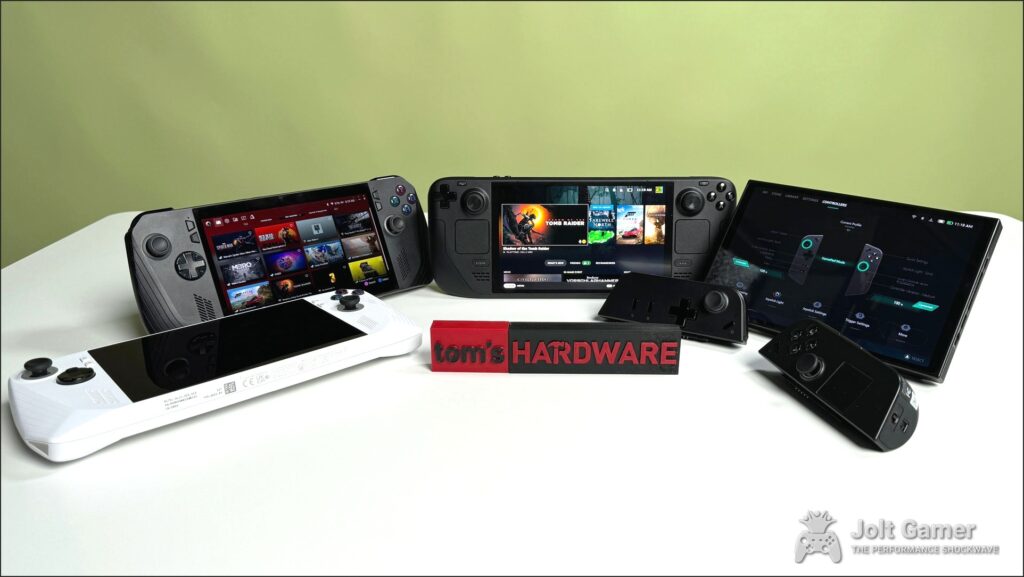
GPD Win 5’s External Battery Design: Pros & Cons
Pros
- Enables larger internal cooling solution for Strix Halo APU, boosting performance.
- Lighter device weight (556.5g) when unplugged, offering a unique ‘tethered’ experience.
- 80Whr battery capacity is substantial for a handheld.
- Optional extension cable allows battery to be stowed separately, improving ergonomics.
Cons
- Heavier overall weight (approx. 900g) with battery attached, feeling back-heavy.
- Battery is not hot-swappable; device shuts down upon removal.
- Bulky 180W AC adapter required for full plugged-in performance.
- Short battery life (as low as 45 mins at full bore) due to high power draw.
Beyond the battery, the GPD Win 5’s cooling system, a dual-fan, quad-heatpipe setup, is crucial for managing the Strix Halo’s heat. While effective in keeping the Ryzen AI Max+ 395 around 65°C at 55-60W, this aggressive cooling can lead to noticeable fan noise, especially when pushing the device to its limits. Battery life is another major consideration; while GPD estimates 2 hours under heavy load and up to 6 hours for light use, real-world tests show it can drain in as little as 45 minutes at full bore. However, GPD offers fine-grained control over power limits, allowing users to reduce TDP to as low as 6 watts for extended battery life in less demanding scenarios. It’s a device that demands careful power management from its users.
Handheld Heavyweights: GPD Win 5 vs. The Competition
GPD Win 5 vs. Leading Handheld Competitors
| Feature | GPD Win 5 (Strix Halo) | ROG Ally X (Ryzen Z1 Extreme) | Lenovo Legion Go (Ryzen Z1 Extreme) | Steam Deck OLED (Custom AMD APU) |
|---|---|---|---|---|
| APU | Ryzen AI Max+ 395 (Strix Halo) | Ryzen Z1 Extreme | Ryzen Z1 Extreme | Custom AMD APU |
| iGPU CUs | 40 RDNA 3.5 CUs | 12 RDNA 3 CUs | 12 RDNA 3 CUs | 8 RDNA 2 CUs |
| Display | 7-inch 1080p 120Hz IPS | 7-inch 1080p 120Hz IPS | 8.8-inch 1600p 144Hz IPS | 7.4-inch 800p 90Hz OLED |
| Max TDP | 80W (plugged in) | 30W | 30W | 15W |
| Battery Capacity | 80 Whr (external) | 80 Whr (internal) | 49.2 Whr (internal) | 50 Whr (internal) |
| Weight (w/ battery) | ~900g (~2 lbs) | 678g (1.49 lbs) | 854g (1.88 lbs) | 640g (1.41 lbs) |
| Starting Price | $1,448 (early bird) | $799 | $549.99 (current) | $549 |
| Battery Design | External ‘backpack’ | Internal | Internal | Internal |
When stacked against its rivals, the GPD Win 5’s raw performance is undeniable. It’s in a ‘completely different league’ than even the upcoming Ryzen Z2 Extreme-powered devices. However, this power comes at a significant premium. With early bird pricing ranging from $1,448 for the base model to $2,120 for the top-tier configuration, the Win 5 is substantially more expensive than the ROG Ally X, Lenovo Legion Go, or Steam Deck OLED. The community pulse reflects this tension: while there’s ‘Admiration’ for the Strix Halo APU’s raw power and efficiency for tiny form factors, there’s also widespread ‘Frustration’ over the perceived high price and questionable value for pure gaming compared to traditional desktop setups.
The impressive part isn’t how well Strix-Halo plays games, it’s how well it stacks up against real desktop CPU/GPU based systems from just a couple of years ago. Being able to have that much horsepower in such a tiny form factor would have been unthinkable a 5 or 10 years ago, especially sipping power the way it does.
JoltGamer Community Member
The high price isn’t just for gaming prowess. Framework, for example, positions its Strix Halo-powered Desktop as an ‘AI system,’ leveraging the massive VRAM capacity (up to 128GB shared LPDDR5x) for AI training, large language models, and demanding professional software. This suggests that while the GPD Win 5 is a gaming handheld, its underlying Strix Halo APU has broader capabilities that might justify its cost for a niche audience looking for a portable workstation that can also game. Ayaneo’s upcoming Strix Halo device, the Ayaneo Next 2, will offer a contrasting approach with a built-in battery, indicating that the market is still exploring the optimal form factor for this powerful new chip.
Strix Halo: Reshaping the Handheld Frontier?
The arrival of the GPD Win 5, powered by AMD’s Strix Halo, signals a significant inflection point for handheld gaming. Integrated graphics, long considered the ‘bottom rung’ of gaming hardware, are now blurring the lines with discrete GPUs, fueling intense competition. With Intel making strides with its Arc iGPUs in Arrow Lake chips and AMD actively developing the Ryzen Z2 chip as a sequel to the Z1 series, the landscape is rapidly evolving. Strix Halo’s ability to deliver RTX 4060-class performance in a compact form factor, even with its design compromises, sets a new benchmark. It challenges manufacturers to innovate not just in raw power, but in how they balance performance, thermals, battery life, and ergonomics within the constraints of a portable device. The GPD Win 5 is an ambitious, albeit imperfect, pioneer in this new frontier.
GPD Win 5: A Powerful Paradox
The GPD Win 5 is undeniably the most powerful handheld gaming PC to date, leveraging AMD’s Strix Halo APU to deliver gaming performance that rivals mobile RTX 4060 GPUs. Its ability to run demanding AAA titles at 1080p with high framerates is a significant achievement. However, this raw power comes at a cost: a controversial external battery design that impacts portability and ergonomics, and a premium price point that positions it far above mainstream handhelds. While it offers unique value for those needing massive VRAM for AI or professional tasks in a compact form, for the average gamer, the compromises on portability and the high cost make it a niche, albeit groundbreaking, device. It’s a testament to technological ambition, but one that asks users to adapt to its unique demands.
Frequently Asked Questions About the GPD Win 5 & Strix Halo
What is the AMD Strix Halo APU?
The AMD Strix Halo APU (Ryzen AI Max+ 395/385) is AMD’s latest high-end mobile processor featuring powerful Zen 5 CPU cores and RDNA 3.5 integrated graphics (Radeon 8060S/8050S). It’s designed to deliver desktop-class performance in compact devices, with integrated graphics capable of rivaling discrete mobile GPUs like the RTX 4060.
Does the GPD Win 5 have an internal battery?
No, the GPD Win 5 does not have an internal battery. It relies on an external, clip-on 80 Whr ‘backpack’ battery pack or must be plugged directly into its 180W AC adapter for power.
How does the GPD Win 5’s performance compare to the ROG Ally X or Steam Deck OLED?
The GPD Win 5, with its Strix Halo APU, offers significantly higher performance, delivering 35-50% more framerates than Ryzen AI 9 HX 370-powered handhelds (like the OneXPlayer F1 Pro) at the same TDP, and is in a ‘completely different league’ compared to the Ryzen Z1 Extreme in devices like the ROG Ally X and Lenovo Legion Go, or the custom APU in the Steam Deck OLED.
What is the price of the GPD Win 5?
The GPD Win 5 is expected to range from $1,448 (early bird) for the base model (Ryzen AI Max 385, 32GB RAM, 1TB SSD) to $2,120 (early bird) for the top-tier configuration (Ryzen AI Max+ 395, 64GB RAM, 4TB SSD).
Is the GPD Win 5 suitable for AI or professional workloads?
Yes, the Strix Halo APU’s powerful integrated graphics and substantial, high-bandwidth soldered RAM (up to 128GB) make it highly capable for AI training, large language models, and demanding professional applications that benefit from large amounts of VRAM, positioning it as a portable workstation in addition to a gaming device.
GPD Win 5: Pricing & Availability
Release Date: Anticipated October 2025 (Chinajoy 2025 showcase August 1-4, 2025)
| SKU | MSRP | Early Bird |
|---|---|---|
| Ryzen AI Max 385, 32GB RAM, 1TB Storage | $1,599 | $1,448 |
| Ryzen AI Max+ 395, 32GB RAM, 2TB Storage | $1,850 | $1,650 |
| Ryzen AI Max+ 395, 64GB RAM, 4TB Storage | $2,268 | $2,120 |
Where to Buy: Indiegogo pre-orders, followed by official launch through GPD retailers.
Notes: Prices are subject to change. Early bird pricing offers significant savings over MSRP.

